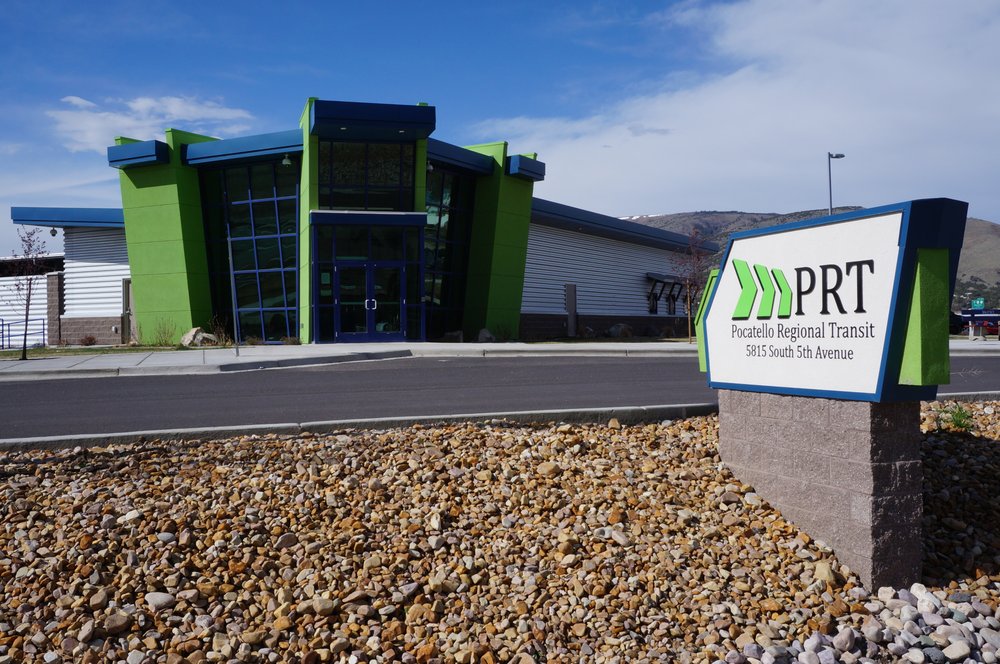
Currently, I’m attending the Association of Commuter Transportation (ACT) Conference in Portland. I’m giving a short presentation tomorrow on how public transit agencies can and should be marketing their services, focusing on free options like social media—yet I know few agencies will have the bandwidth to be able to implement these strategies. As I prepared for this talk, I felt somewhat discouraged knowing how futile my efforts might be. Then I learned something that surprised me and even gave me hope.
I was sitting in a panel yesterday morning listening to industry professionals share their experiences surrounding Transportation Management Associations, partnerships with local businesses and law enforcement, and how best to encourage walking and biking by getting public transit agencies involved. Their biggest challenge? It’s the same as almost any public agency: marketing. Never in the public transportation world will you hear, “Marketing help? No, thank you, I’ve got that on lock and our budget is glorious.” THAT does NOT happen.
For some background, I am a marketing professional. I work for a public transit software company. My job involves marketing for our company, but also helping agencies market to their communities, because let’s be honest, it’s often not done or not done well.
Back to my story, I was sitting in this panel and listening to these brilliant people discuss their successes and challenges, when the subject of how to best succeed at marketing comes up. They’re all in agreement that marketing is their biggest weakness. There’s never enough time or budget or access to personnel who actually know how to market. This isn’t a surprise.
I raise my hand. “You’ve all been talking about how you leverage these community partnerships to be able to achieve great success in encouraging active transportation and change behaviors, but what is your experience reaching out to local university programs to create marketing internships for students?” Silence. A nod from a woman in front me. Then, one of the panelists, a woman from Massachusetts, reaches for the microphone. “That… that is a really good idea. And being from the Boston area—saturated with universities—I’m a little ashamed to say I didn’t think of that myself. We should definitely do that.”
Now, I would love to say I’m just the most innovative genius and I had a completely novel idea, but I’m quite happy to report that I’m not (I know, I know *gasp*). As it turns out, a small town in the great state of Idaho is doing a whole heck of a lot more than just growing potatoes, and the industry should take note.
Project Manager Dave Doran from the Southeast Idaho Council of Governments (SICOG) had that same idea about four years ago. He was approached by the Director of Pocatello Regional Transit (PRT), who needed help with marketing. Let me clarify, Dave does not have a background in marketing. So, with no clue how to help PRT himself, he reached out to John Ney, director of professional development at Idaho State University’s (ISU) College of Business.
The program started off as a project for one of the marketing classes. 60 students in a mixed classroom of graduates and undergraduates were tasked with evaluating PRT’s marketing options. The final product was an executive summary detailing the possibilities PRT had for marketing their service with little to no budget. But there was still no one with marketing training who could implement these strategies.
Their most recent intern Ryan Byers, an MBA student studying marketing and finance, happened to have a background in videography (LinkedIn). He wrote a social media plan for PRT, set up multiple social channels for the agency, and created a content library for the agency to pull from easily, which included several short promotional videos for YouTube, Instagram, Facebook, and Twitter. He also created several public transit “How to Ride” videos targeting potential users. These videos make public transit look easy and help break through the intimidation barrier to usage.
The very next year, Dave arranged for an internship through ISU’s Career Path Internship (CPI) Program. Their first intern evaluated possible options for selling advertising space. He not only made recommendations about what ad space PRT could sell, he also created a graphic portfolio illustrating bus wrapping options, titled “Ads That Move,” which resulted in over $30k in local match funding for PRT in the first year alone.
Dave and PRT are embarking on their fourth year of partnership with ISU’s business school and CPI Program. In just a few short years they’ve seen incredible growth in their marketing efforts. The partnership is incredibly beneficial to both sides: the agency gets a dedicated marketer to help them get the word out (for free!) and the intern gets paid through the university for real-world experience. The internship also provides exposure to the transportation and public sector world for budding marketing professionals.
“It’s really important to recognize the collaborative process that made the PRT marketing internship program a success.“ Dave emphasized, “without the pooling of resources, this wouldn’t have been possible and I’m thrilled to have the opportunity to be a part of this program.”
Marketing for public transportation is no longer optional in our car-centric society. As you think about getting the word out and creating partnerships in your area, you should remember Dave and Pocatello Regional Transit, because expanding your marketing reach is within your power and your budget.